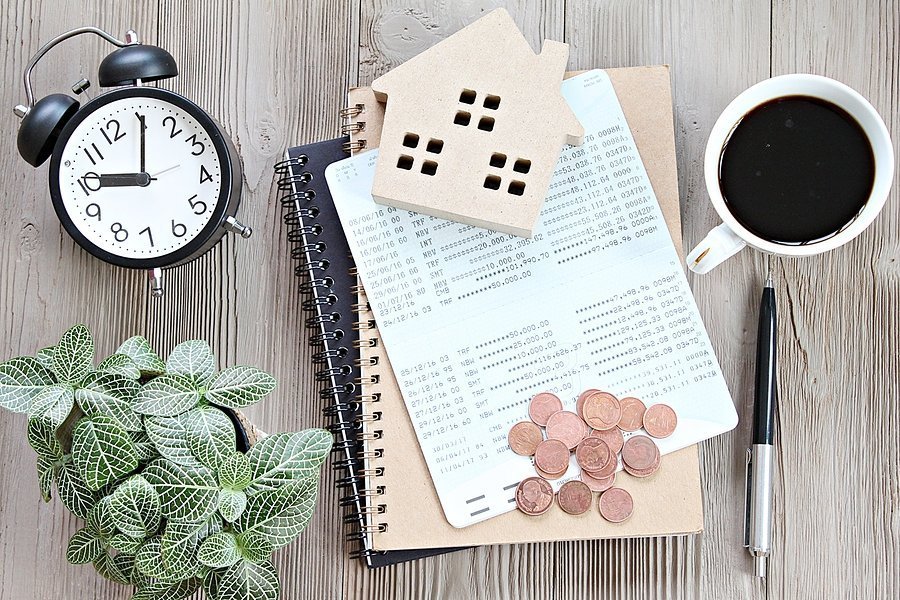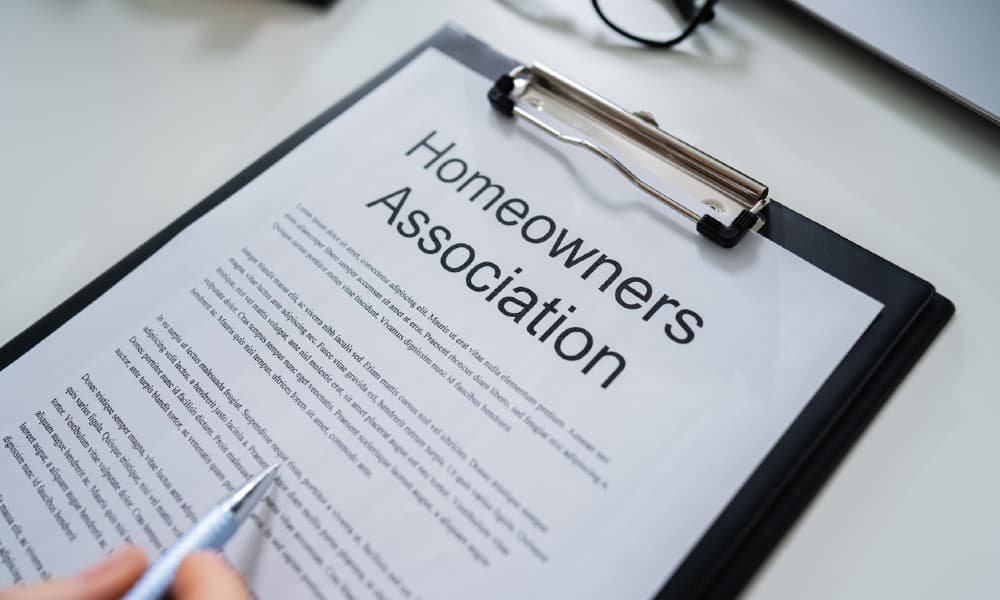Owning a rental property is an outstanding investment for your future. Purchasing a house or apartment and having tenants pay off most of your mortgage while creating cash flow offers investors the best of both worlds, but it isn’t without stress.
Investing in stocks and bonds means putting your money away and waiting for it to grow. Real estate brings other variables, though, because you’ll have people you may not know living inside your property and potentially devaluing your assets. These individuals could create headaches for you, despite the effort you put into screening them.
The good news is that you can minimize your issues as a landlord by following some tips. This guide looks at eight steps for stress free property management after purchasing a rental home.
Problems You Could Encounter With Tenants
You’ll eventually run into issues with your renters if you own investment properties for long enough. These scenarios are part of doing business, so preparing for them ahead of time is advisable. Concerns you might find at your rental homes include the following:
Late Rent Payments
Even solid tenants could occasionally have problems paying their rent on time. This situation isn’t the end of the world if it happens once or twice, but it could create financial issues if you aren’t prepared. Constantly chasing renters for money or reminding them of their late payments can also add stress to your time as a landlord.
Property Damage
Your renters could damage your property while living there, leaving you with considerable expenses and time commitments before finding a new tenant. Entering your home to find significant damage is highly stressful because you’ll have to figure out how to make the repairs and find the time to complete them.
Rapid Turnover
Continually searching for new tenants will take considerable time and add to your stress. Renting to new people forces you to market the property, answer queries, meet with prospects, show the home, check references, and fill out paperwork before letting someone move into the unit. Constant turnover can quickly create a nightmare scenario for landlords.
All of these problems will make your life as a landlord more challenging. You can invest in a peace of mind property management solution to reduce your workload, though, minimizing the anxiety your rental property creates for you.
Eight Ways to Minimize Your Stress as a Landlord
Learning how to reduce your stress is vital as you become a landlord. You don’t want to dread visiting or thinking about this property. It should be an enjoyable part of your life because of its significance to your future. Some ways to minimize the issues you’ll face and create a stress free property management scenario include the following:
1. Understand Local Laws
It’s vital to understand local rental property laws before you begin. Knowing tenant rights, dispute resolution rules, and your responsibilities as a property owner ensures you don’t run into legal problems and have a firm grasp on how to handle most situations that come your way.
2. Effectively Market the Property
Knowing how and where to market your rental property is essential for all landlords. Most property owners now advertise their properties online and answer queries via email or instant message, minimizing their time on the phone.
3. Inspect the Property Regularly
Visiting your rental property every few weeks can reduce the problems you’ll encounter. Tenants are more likely to take good care of the home if they know you’ll be visiting, and noticing damage early on ensures you can take the necessary steps to prevent it from happening again.
4. Create a Screening Process
You’ll need to screen potential tenants before allowing them to move in, and having a dedicated process can reduce your workload and create peace of mind. Your screening process could involve checking references and credit scores, which are solid indicators of an individual’s viability as a renter.
5. Set Acceptable Rental Rates
Learning about the local market and setting rental rates that align with neighborhood comps can reduce stress as you figure out how much to charge. Setting your rental rates too high or too low can attract the wrong tenants or no renters whatsoever, so you’ll need to walk a fine line when determining how much to charge.
6. Put Money Aside for Expenses
Surprise expenses can put you in a stressful situation as a landlord. A broken furnace, water heater, or other essential appliance will put you out a significant amount of money, so creating an emergency expense fund is critical for property owners. This money can help keep you out of debt and make these charges easier to stomach when the time comes.
7. Develop a Re-Leasing Plan
Having a re-leasing plan when tenants unexpectedly move out makes it easier to find new renters. It could take months to find suitable tenants if the market goes through a downturn, but having your ads ready to go the second you need them can save you some time.
8. Rely on a Property Management Firm
The single greatest tip for stress free property management is to hire a professional firm. These firms can handle all the jobs on this list and much more, ensuring you don’t have to deal with any day-to-day issues at your rental property.
Peace of mind property management relies on having a plan and hiring the right firm to implement it. Researching and selecting a company that will minimize stress is crucial as you become a landlord.
Property Management Assistance
The property manager you choose should have experience in your area and understand how much to charge for rent in your neighborhood. They should also handle any maintenance you require and deal with your tenants on a daily basis.
Nomadic Real Estate offers stress free property management services in the metro D.C. area. Our team will handle all the day-to-day issues surrounding your investment property so you don’t have to deal with the stress. Contact Nomadic Real Estate for more information on our peace of mind property management services.



































